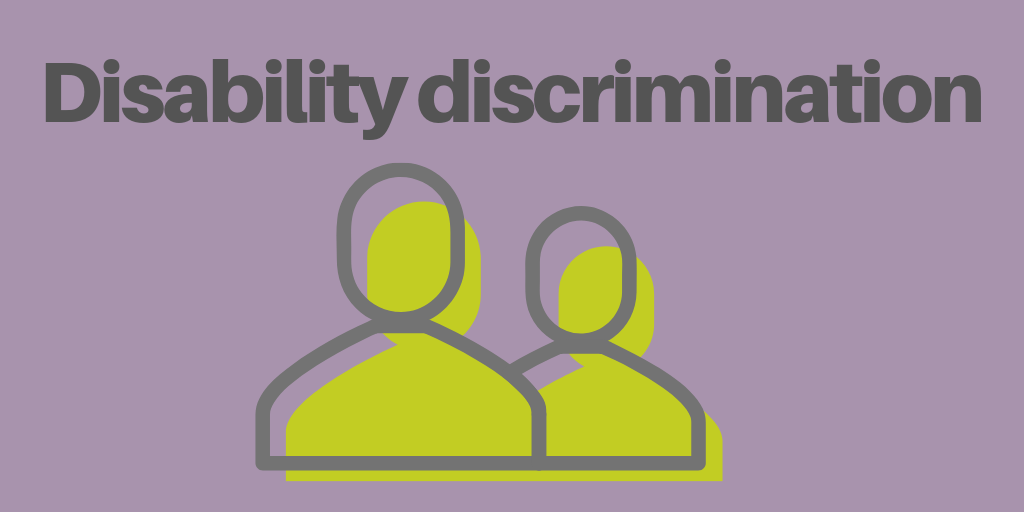The new flexible working changes came into force on 6 April 2024 when the Employment Relations...
- Basildon 01268244144
- Chelmsford 01245453800
- Colchester 01206217300
- London 020 4586 1280
Search site
Call our office
Make an enquiry
Our people
Search our people

Disability discrimination can occur if an employer treats an employee unfavourably because of something arising in consequence of their disability and cannot show that the treatment was justified.
The employee has to show the “something” arising in consequence of their disability, which is a fairly easy hurdle to overcome because the consequence of a disability includes anything which is the result, effect or outcome of the disability. Obvious examples would be the inability to walk or hear. Less obvious examples would be the need to follow a particular diet or to take regular rest breaks.
The Court of Appeal has made it clear that an employer will not avoid liability because it did not know of the consequence of the disability i.e. was not aware of the causal link between the disability and the “something”. However, if the employer did not know the employee was disabled, that may be a defence to a claim.
For the employee to succeed, they must show that there was a connection between the something and the unfavourable treatment. Case law indicates this connection can be quite loose but makes it clear that there must be a connection.
The Employment Statutory Code of Practice (EHRC) gives an example of a woman who is disciplined for losing her temper at work, as a result of severe pain caused by cancer, of which her employer was aware. The Code states that the disciplinary action is unfavourable treatment since it is taken because of something which arises in consequence of her disability, namely her loss of temper. There, the disability (cancer) is not the immediate cause of the “something” arising but has the necessary causal connection because it leads the employee to suffer pain, which in turn leads to the loss of temper – the something arising in consequence of the disability.
A recent case shows how fine the line can be in determining causation. An employee suffered from osteoarthritis (a disability). The employer changed the working arrangements in the warehouse and the employee refused to work near the doors because it was believed it would be colder and damper, which would worsen their condition. The employer carried out tests to show that there was no difference in temperature, humidity or wind chill in the warehouse but the employee still refused to work next to the doors. The employer disciplined the employee and issued them with a warning. The employee made a claim.
The Tribunal found in favour of the employee and said the warning amounted to unfavourable treatment, arising because they refused to work by the doors because they mistakenly believed it would worsen their disability.
The employer was successful on appeal because the Employment Appeal Tribunal (EAT) held that the employer had not required the employee to work in colder, damper conditions. The Tribunal had found that the employee’s belief was mistaken, therefore, the Tribunal had failed to explain how it had concluded that this erroneous belief arose in consequence of the disability.
From this case, it seems that where the employee mistakenly perceives that there is a connection between the something arising as a consequence of their disability and the unfavourable treatment, that will not be sufficient to succeed in a case of unfavourable treatment because of something arising in consequence of a disability.
Talk to the Employment team here